Introduction
Welcome to a journey back in time! Before you dive into the questions, I want you to know that this isn’t just a test. Think of it as a time machine and a detective story rolled into one. We’re about to explore one of the most important medical discoveries in human history: antibiotics. Have you ever wondered what life was like when a simple cut could be a death sentence? Or how a bit of forgotten mold on a lab dish changed the world?
By interacting with this quiz, you’ll not only uncover the answers to these questions but also gain a deep appreciation for these life-saving medicines. You’ll meet the brilliant (and sometimes messy) scientists behind the breakthroughs, understand the “magic” of how antibiotics work, and confront the modern-day challenge of antibiotic resistance. Each question is designed to spark your curiosity, and the feedback will guide you through the amazing story, piece by piece. So, get comfortable, let your curiosity lead the way, and let’s discover the incredible history of antibiotics together!
Learning Quiz
This is a learning quiz from English Plus Podcast, in which, you will be able to learn from your mistakes as much as you will learn from the answers you get right because we have added feedback for every single option in the quiz, and to help you choose the right answer if you’re not sure, there are also hints for every single option for every question. So, there’s learning all around this quiz, you can hardly call it quiz anymore! It’s a learning quiz from English Plus Podcast.
Quiz Takeaways: The Miracle and the Menace – Our Story with Antibiotics
Hello and welcome. Today, I want to tell you a story. It’s a story about a war that’s been raging for millennia, a war most of us are blissfully unaware of, yet one that has shaped human history. It’s the war against bacteria. And for most of our time on this planet, we were losing. Imagine a world where a scraped knee from playing outside could lead to an amputation. Where a sore throat could escalate and close your airway. Where a mother giving birth had a real chance of dying from a subsequent infection. This wasn’t a dystopian fantasy; it was reality for our great-grandparents. This was the world before antibiotics.
Our story doesn’t start in a sterile lab, but with ancient wisdom. As we saw in our quiz, people like the ancient Egyptians were astute observers. When they applied moldy bread to a festering wound, they were unknowingly practicing a primitive form of antibiotic therapy. They didn’t know why it worked, only that it did. They were seeing a microscopic battle where one life form—a fungus—was producing a substance to kill another—bacteria. The secret, the translation of this observation into science, would take another three and a half thousand years.
The first major leap forward came in the early 20th century with a German scientist named Paul Ehrlich. He wasn’t looking for a natural remedy; he was a chemist with a revolutionary idea. He dreamt of a “magic bullet,” a chemical he could design that would seek out and destroy a specific disease-causing microbe without harming the patient. His relentless search led him to Salvarsan, a compound that could cure syphilis. While not a true antibiotic—it was synthetic, not from a living organism—Ehrlich’s concept of targeted chemotherapy was the philosophical foundation upon which the antibiotic revolution would be built. He proved you could attack the invader and spare the host.
Then, in 1928, came the moment of legend. A famously untidy bacteriologist named Alexander Fleming returned to his London lab after a holiday. He found one of his petri dishes, which was meant to be growing colonies of Staphylococcus bacteria, contaminated with a splotch of mold. But this wasn’t just messy; it was miraculous. Around the mold, there was a clear, bacteria-free zone. The mold, a species called Penicillium, was exuding something that killed the bacteria. Fleming had discovered penicillin. But a discovery is not a drug. Fleming recognized its potential, but he couldn’t purify it or produce it in any meaningful quantity. The miracle remained trapped in the mold.
The story could have ended there, a scientific curiosity in a dusty journal. But a decade later, with World War II looming, the need for a weapon against infection was critical. A determined team at the University of Oxford, led by pharmacologist Howard Florey and biochemist Ernst Chain, picked up Fleming’s research. Their work was painstaking. They grew the mold in bedpans and milk churns, trying every method to extract and stabilize the active ingredient. In 1941, they were ready for their first human trial. The patient, a policeman named Albert Alexander, was dying from a massive infection that started with a simple scratch from a rose bush. They gave him the tiny amount of penicillin they had. The result was astonishing. His fever dropped, his infection receded. He was getting better. But then, the unthinkable happened: they ran out. The infection roared back, and he died. It was a tragic, but vital, lesson. Penicillin worked, but they needed so much more of it. This tragedy spurred a massive effort, eventually involving American pharmaceutical companies, to scale up production. By the D-Day invasion in 1944, there was enough penicillin to treat all Allied casualties, saving countless lives.
This kicked off what we now call the “Golden Age of Antibiotics.” The success of penicillin inspired a new hunt for microbial weapons. A key figure was Selman Waksman, a soil microbiologist who quite literally found miracles in the dirt. He systematically screened thousands of soil organisms, theorizing that they must produce their own antibiotics to compete with each other. In 1943, his lab discovered streptomycin, the first-ever effective treatment for tuberculosis. For the first time, this dreaded disease was curable. Waksman, who also coined the term “antibiotic” from the Greek for “against life,” had opened a new frontier. Soon, tetracycline, chloramphenicol, and many others followed. Surgery, once a gamble with death by infection, became routine. Procedures like organ transplants, joint replacements, and C-sections became safe and possible. Life expectancy soared. It truly seemed like we had won the war.
But the enemy was adapting. Bacteria are masters of survival. They reproduce in minutes, not years, and they can swap useful genes like trading cards. The process, called conjugation, allows a resistant bacterium to pass its defensive shield to a neighbor. Every time we use an antibiotic, we kill off the susceptible bacteria, leaving the few resistant ones to multiply and take over. Our overuse and misuse of these miracle drugs—taking them for viruses like the flu, not finishing the full prescription—has massively accelerated this process.
This has led us to the crisis we face today: antibiotic resistance. We are entering a post-antibiotic era where “superbugs,” bacteria resistant to multiple drugs, are becoming more common. The discovery of new antibiotics has slowed to a trickle since the Golden Age. The low-hanging fruit has been picked, and the economic model for developing new antibiotics—which are used for short courses and may quickly become obsolete—is broken.
So, what have we learned? We’ve learned that antibiotics are natural weapons, produced by microbes to fight each other. We learned that brilliant scientists, through both accident and design, harnessed this power to save humanity. We learned that antibiotics work in incredible ways, like penicillin shattering the bacterial cell wall, while others, the bacteriostatic ones, simply halt bacteria in their tracks to let our immune system finish the job.
Most importantly, we’ve learned that this precious gift is fragile. The future of medicine depends on our ability to be responsible stewards of these drugs, using them wisely to preserve their power. And it depends on a renewed push for innovation, looking to new frontiers like phage therapy—using viruses to hunt bacteria—to arm ourselves for the next chapter in this ancient, ongoing war. The story of antibiotics is a perfect circle: a miracle discovery that saved us, and now, a global challenge that requires our collective wisdom to solve.

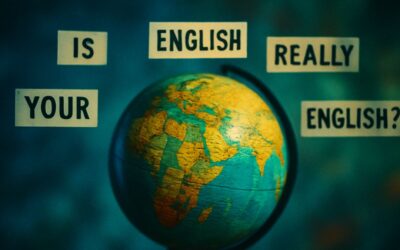
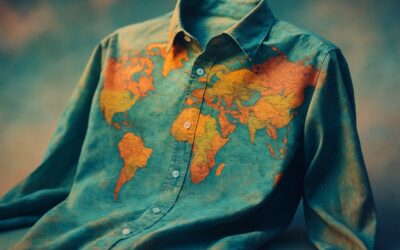


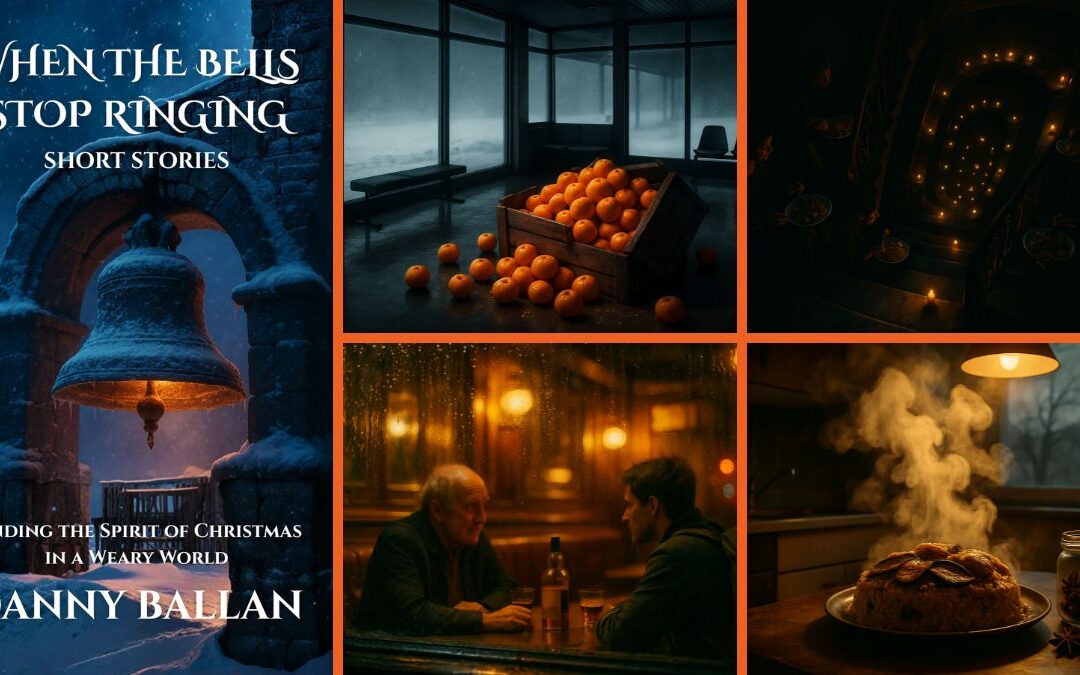


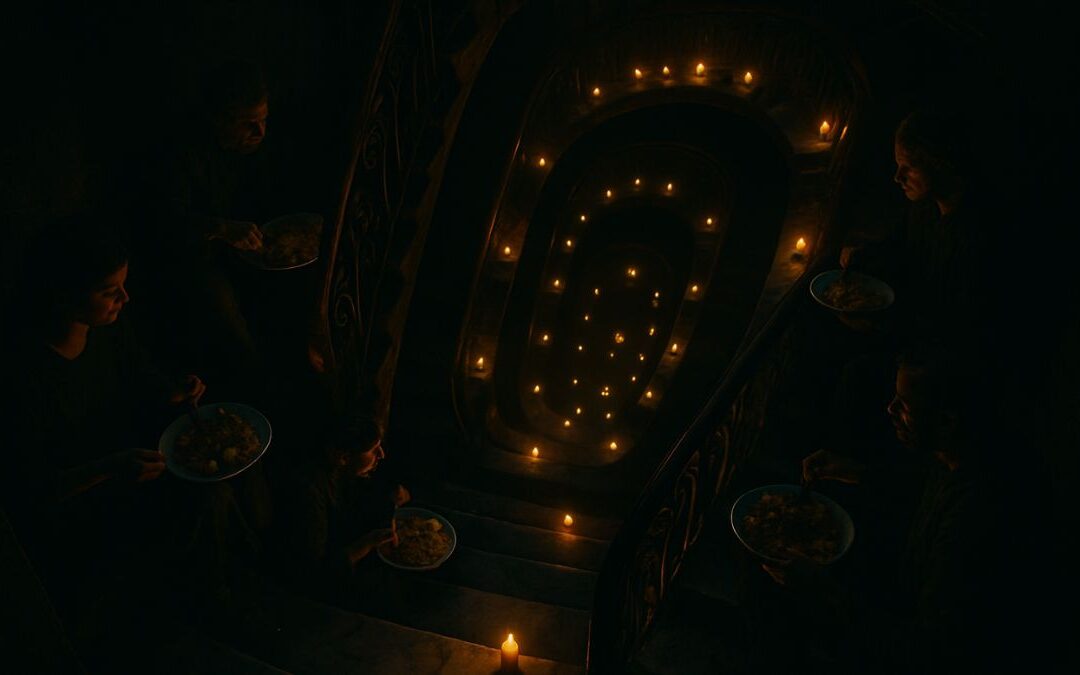
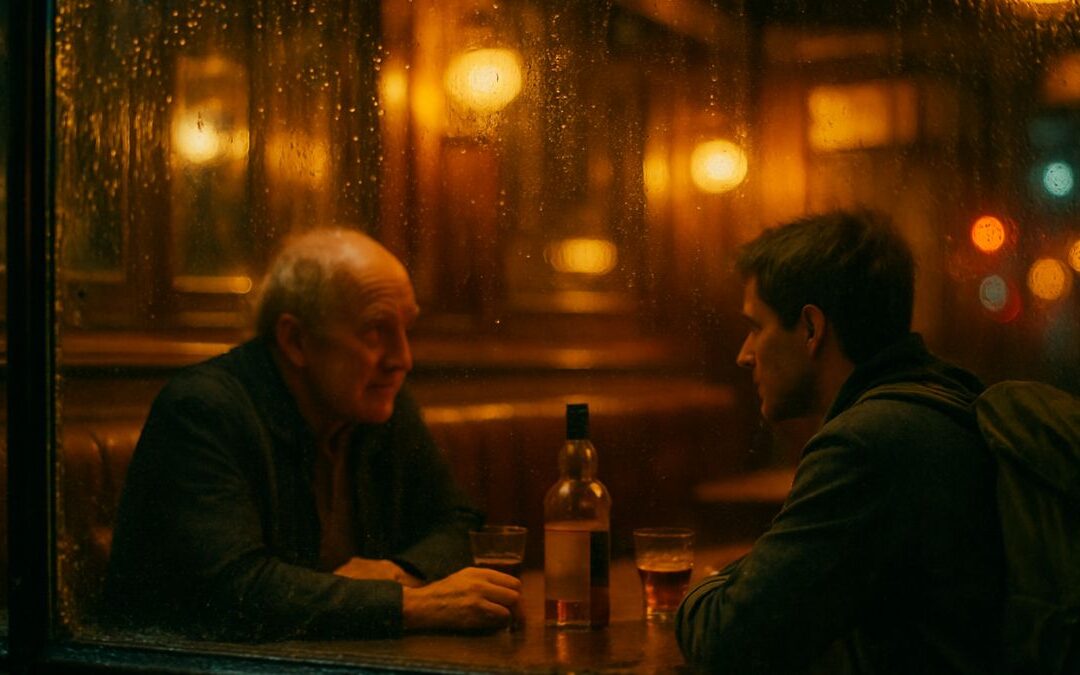
0 Comments